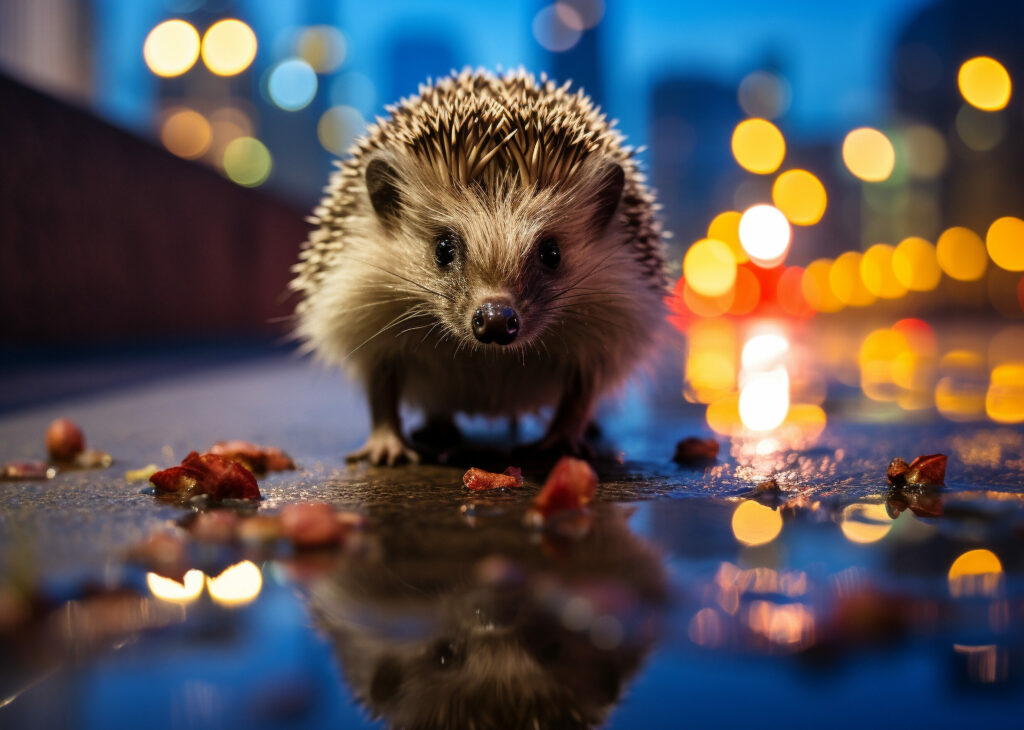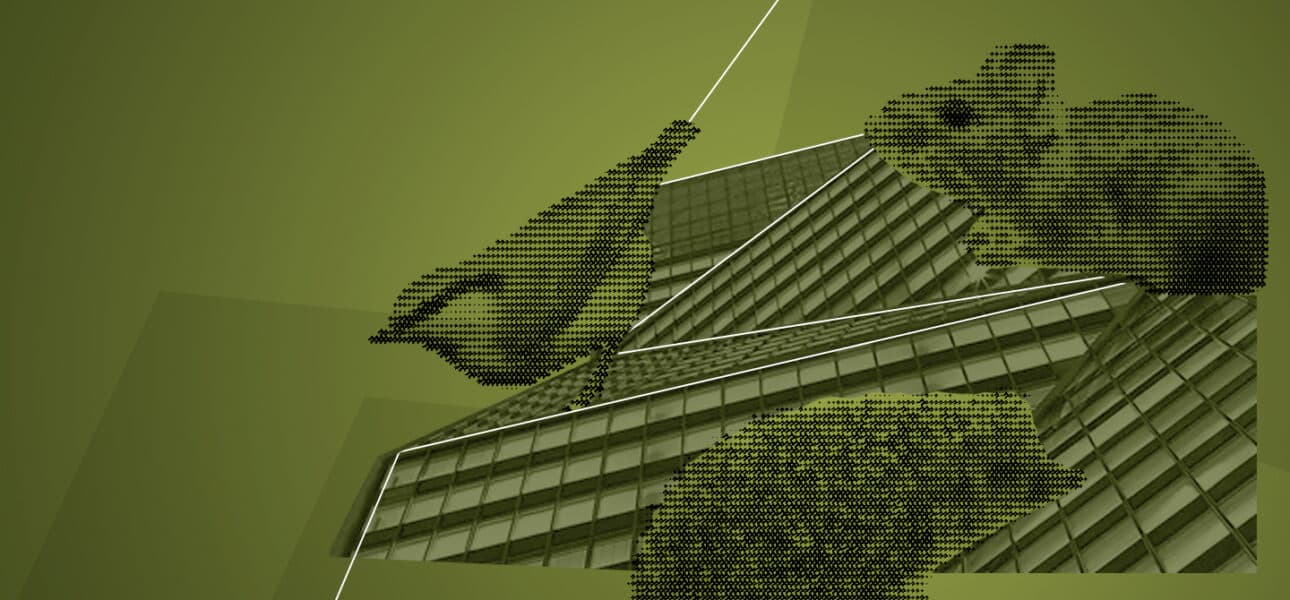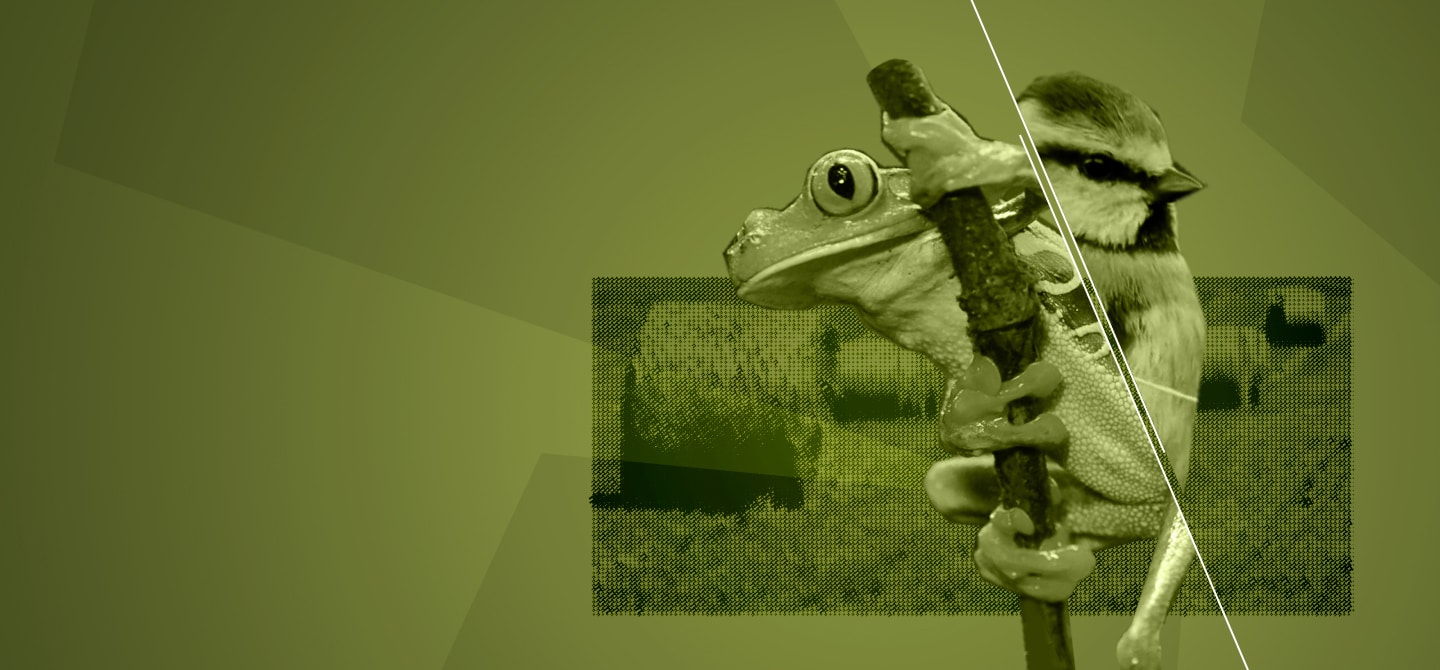Paris has a diversity of small mammals that we didn’t know existed?
Yes, we started setting traps in several Paris parks four years ago, because we had very little data on this biodiversity in an urban environment, particularly in the capital. With doctoral student Pierre Sachot, we discovered that many populations of these small mammals (hedgehogs, field mice, etc.) lived in green spaces. Species such as field mice, shrews and sometimes even voles prefer areas that gardeners leave fallow.
We often talk about rats in the city, but are there many other rodents?
Yes, the wood mouse (Apodemus sylvaticus) was known to live in the suburbs, in parks and gardens, but we were surprised to find it right in the heart of Paris. Less abundant in the centre of the capital, the farm vole (Microtus agrestis) was only observed in uncultivated embankments – its preferred habitat. There are also house mice, which are perfectly adapted to the underground, and of course rats.
What’s the point of drawing up this inventory of animal life in the city?
This inventory is a first step, which will lead to further research. Once we understand the population densities living in particular places, we can, for example, carry out behavioural ecology studies to see whether living in an urban environment leads to behavioural and morphological changes in species. For a long time (and it was Darwin who initiated this), we used islands as a field for studying evolution and selection processes. We were able to observe that certain plants lost their prickles, because they had less need to protect themselves against the pressure of browsing (taking of buds by animals) than on the continents. In the same way, some birds stayed on the ground because they no longer needed to take flight due to the lack of predators. Will we see any changes in these animals in the city: changes in their growth, their skeleton, their physiology? These studies will enable us to examine the effects of light, noise and chemical pollution on these living creatures. For example, studying the potential impact on their nervous systems would enable us to deduce important information for human beings.
Monitoring the health of these animals?
Some species can carry bacteria or viruses. It is therefore important to know how they are distributed across the country. In this way, they promote “natural” biodiversity in the city. Hedgehogs are well known to gardeners as auxiliaries, because they eat slugs and snails. Their presence limits the use of certain phytosanitary products, which are dangerous for humans and for biodiversity in general. Like hedgehogs, shrews are insectivores – with a role that is often not very visible, but is certainly useful and has yet to be discovered…
Is the issue of regulating these populations particularly relevant in urban environments?
In the wild or in rural areas, all these small mammals have natural predators, in particular cats and crows. Crows prey on rats, while rats prey on mice, insects and some of the waste produced by humans… Normally, the different populations regulate themselves, but humans often disrupt these relationships. The tawny owl is one of the rare nocturnal birds of prey that can be observed in the heart of cities. In Marseilles, for example, the protection of the city’s natural habitats helps to maintain these predators, which prey on rats. Another example: bats are such effective natural insecticides that we’re thinking of creating black corridors, i.e. light-free urban routes that would allow them to move around the city to limit the nuisance caused by mosquitoes and other insects. As a final example, in the 12th arrondissement of Paris there is a large population of wall lizards, which are great consumers of ants…
Are invasive species found in towns and cities?
Yes, cities are a breeding ground for these species, because there is a larger human population likely to release animals bought on the other side of the world! It’s hard to imagine what people can bring back from their travels or buy on the internet: snakes, birds, small mammals, insects… It’s not always easy for these animals to adapt to the urban environment. Particularly in Paris, which is a very sparse city compared with other major European cities such as London and Berlin, which have vast green spaces. But the most resilient and adaptable can actually feel quite at home here [Editor’s note: the term « invasive species » refers to « living species introduced outside their natural habitat, whose proliferation causes damage to the environment in which they settle »]!

Why are these species problematic?
Let’s take the example of the Pallas squirrel, which has been well studied since it was introduced to Cap d’Antibes. This species, which originated in south-east Asia and was probably brought back by a private individual from Taiwan at the end of the 1960s, took around twenty years to cross the town of Antibes, and then another twenty years to cross the A8 motorway that runs along the Côte d’Azur. This population is now invading the region. These squirrels attack the fruit of trees, gnawing off their bark in 40 cm strips. They can destroy entire orchards. They also chew through telephone wires and irrigation systems. This species is also a threat to the red squirrel, the only tree squirrel in Western Europe. The latter is very sensitive to the presence of competitors. Since the species was classified as “invasive with a high level of concern” in 2014, it has been banned from sale. Despite this, people are often taken with this animal and tend to feed it!
What can be done about it?
The most important thing is to explain to the public, using scientific information on these subjects, why this species of squirrel is particularly likely to cause damage, especially in relation to the red squirrel. In the south, local residents are receptive, as they have already suffered from other invasive species such as algae on the coast and butterflies on palm trees (particularly those on the Croisette in Cannes). A plan to control the squirrel has been put in place, with trapping and shooting operations. In the Alpes-Maritimes, the species occupies too large an area (35 km21) for eradication to be possible; the only option is to control the population. In Bouches-du-Rhône, the range is still limited (a few hundred hectares), and eradication would appear to be a realistic objective – but it is a matter of urgency.
What effects might climate change have on these species in an urban environment?
This impact is difficult to estimate. On the one hand, cities are heat islands where it can be difficult to survive. However, in a context of drought, they are also the only places where these animals will always find water. Paradoxically, cities could become a reservoir of biodiversity for these species.








